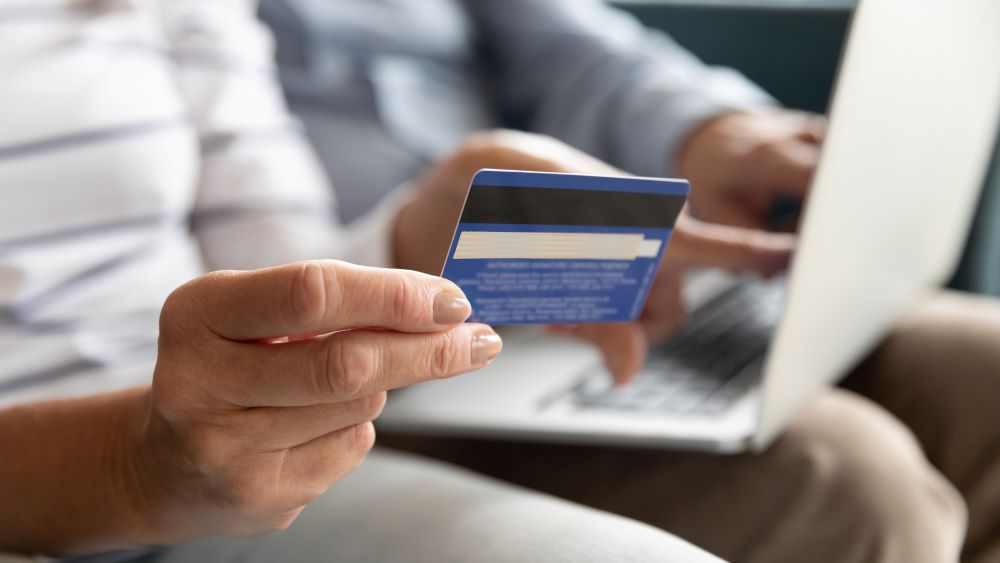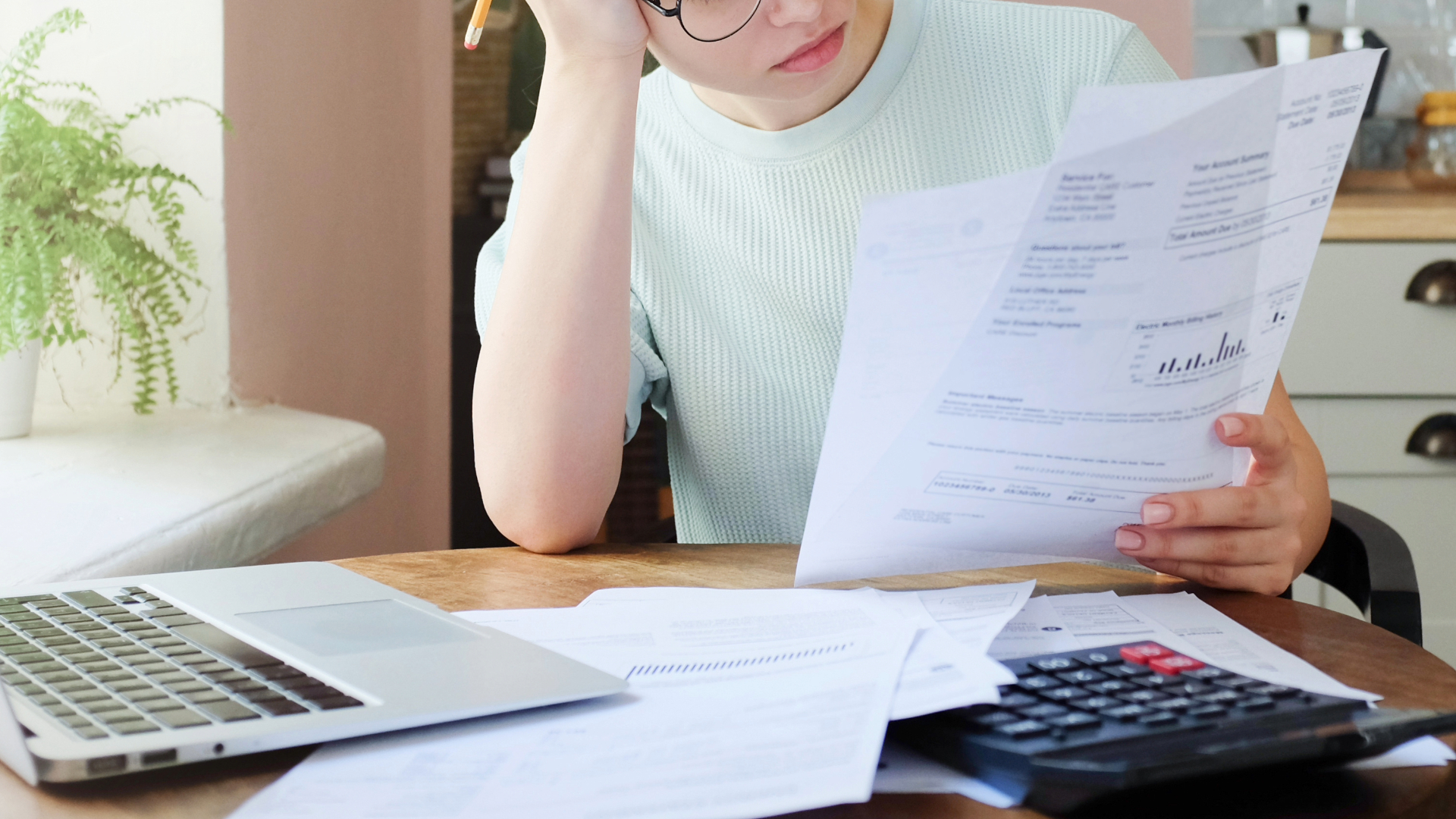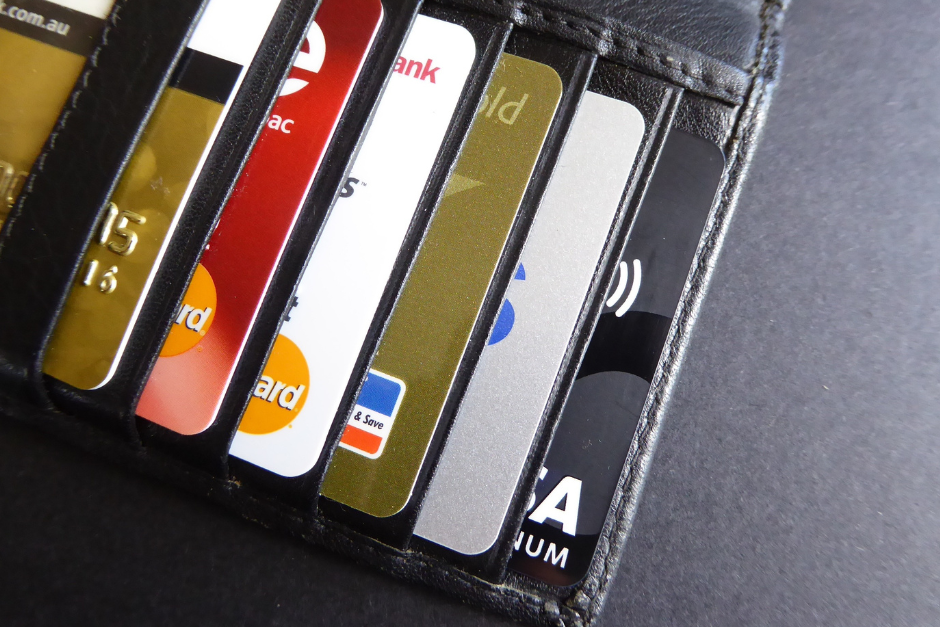
When it comes to credit, using too much of it can end up hurting your credit report and credit scores. That’s because using a large portion of your credit limit – or having a high utilization ratio – can negatively impact your credit.
Your credit utilization ratio is the amount of credit you use as compared to your credit card limits. It is a big factor influencing your credit score.
Generally, credit card companies send an update to the credit bureaus around the end of your card’s statement period, which is about three weeks before your bill’s due date. For that reason, carrying a high balance on a credit card can hurt your score.
There can also be added factors like if you’re having trouble keeping up with payments that can affect your credit score. A large amount of credit card debt can also negatively impact your finances for years due to interest accrual. Credit cards can carry high-interest rates. If you only make minimum payments, that interest accrual can increase your debt exponentially.
The good news is that once you’ve paid your debt down and your credit reports update, it won’t continue to negatively affect your score.
So, what’s the best way to pay off a large credit card bill?
1. Pay It Off With Cash
If you have the money available, you can avoid negatively impacting your credit by paying down your card’s balance before the end of your statement period. For many, this might simply not be an option.
2. Consider a Balance Transfer Credit Card
If you have good to excellent credit despite your debt – which is possible if you’ve been making your minimum monthly payments on time and kept your debt-utilization ratio low – you may qualify for a zero-interest introductory offer that could last anywhere from 12 to 21 months and can let you transfer your higher-interest balances to the new card. This gives you the option to shift your debt from one credit card to another, ideally to take advantage of a lower interest rate. That 0% rate can help you save thousands in interest charges, but once it expires you might likely get hit with a much higher interest rate.
3. The Debt Avalanche Method
With the debt avalanche method, you can make the minimum monthly payments on all your credit card accounts and apply any additional payments you can afford to the account with the highest interest rate. Once that balance is paid off, you can take all the money you were paying toward it every month and apply it to the card with the next highest interest rate.
4. The Debt Snowball Approach
The debt snowball approach is much like the debt avalanche method but differs in that it focuses on paying down the account with the lowest balance first instead of the one with the highest interest rate.
Remember, the key to paying down debt is to find a strategy that works for you and sticking with it. No matter which method you choose to pay large credit card debt, your decision should be one that positively impacts your credit score and won’t leave you with more debt down the road. That means paying at least the minimum monthly payment to avoid late payments, which can damage your credit.






